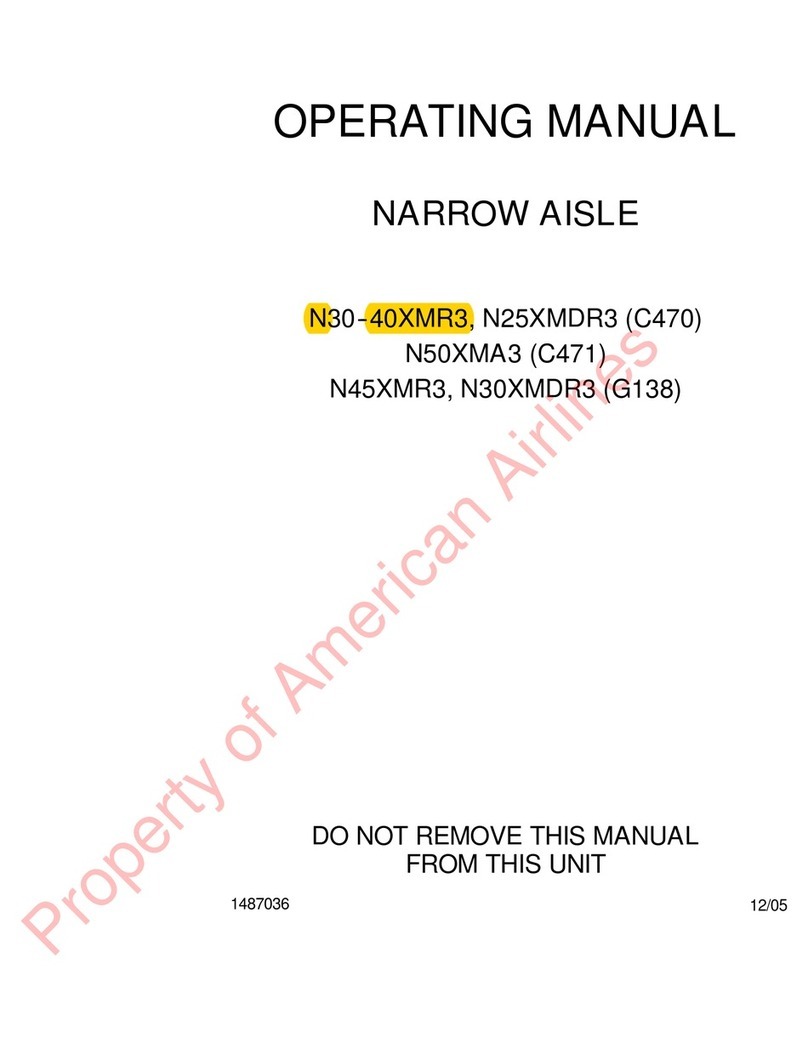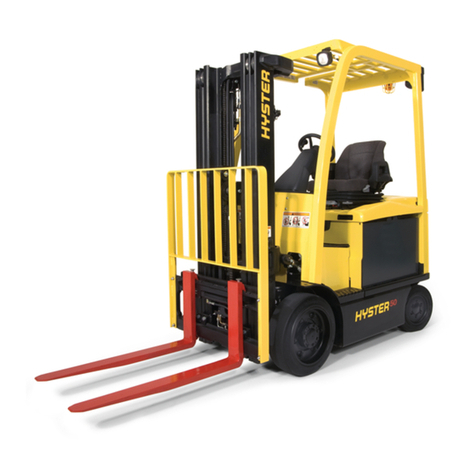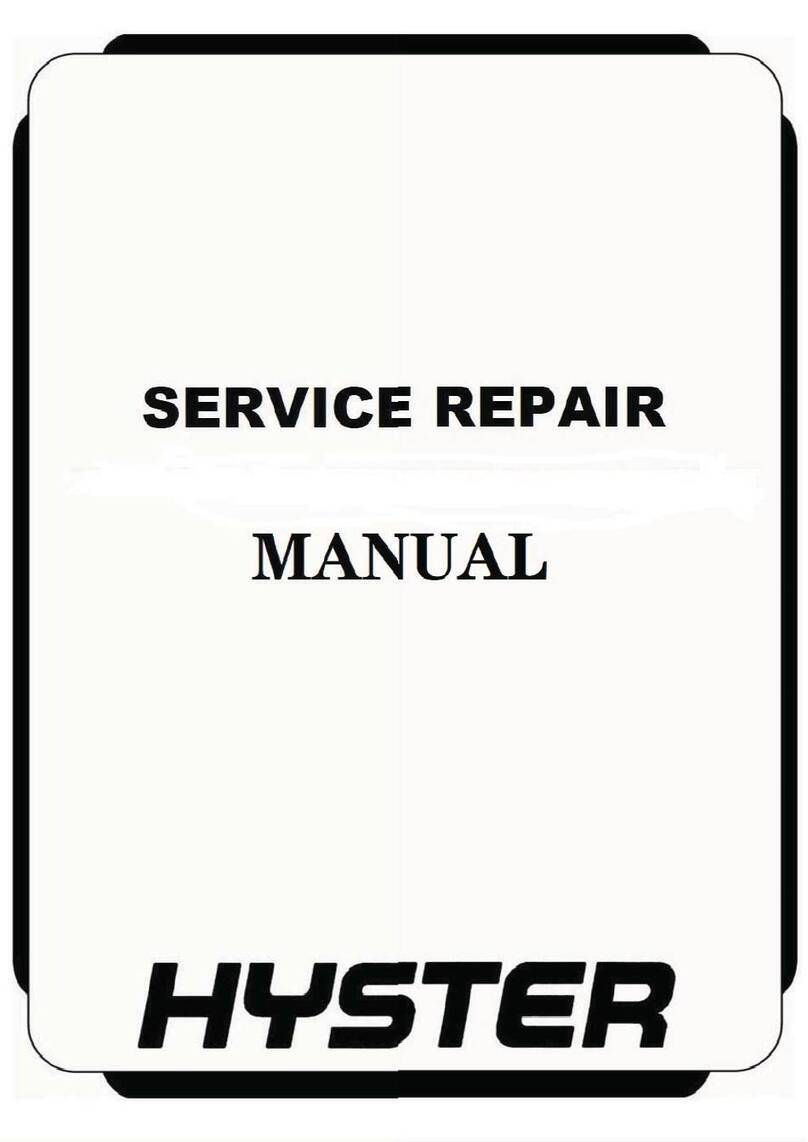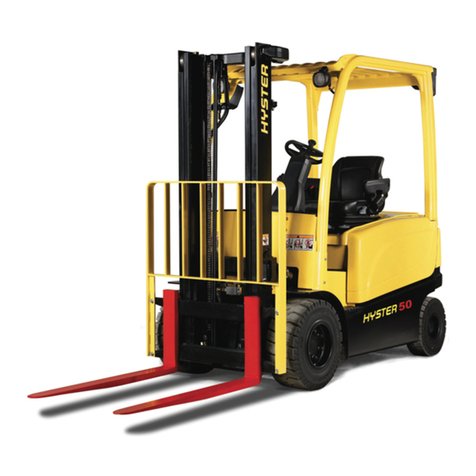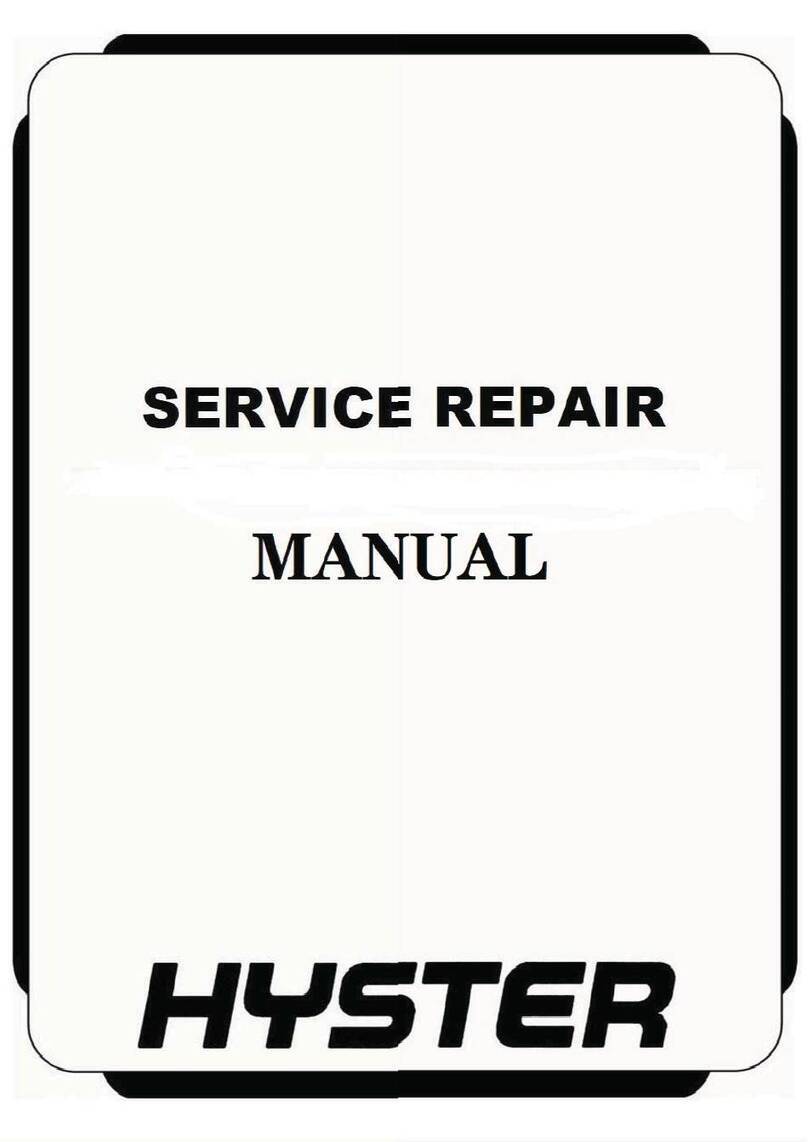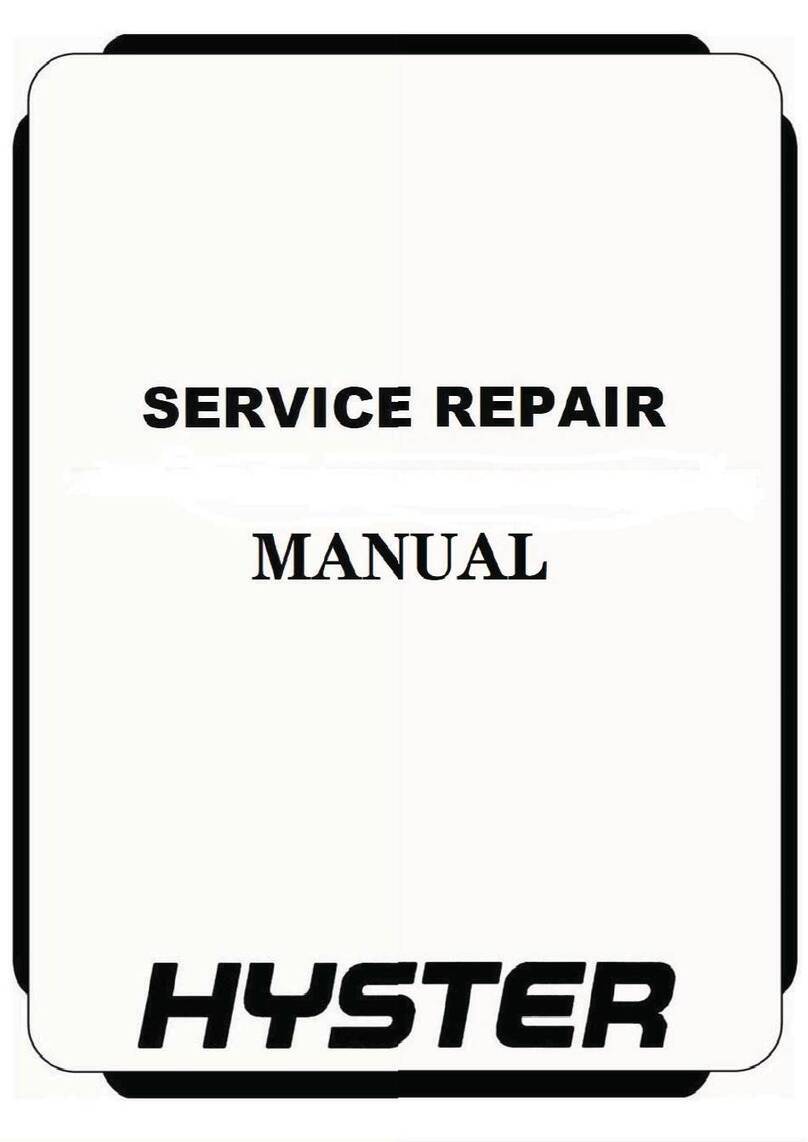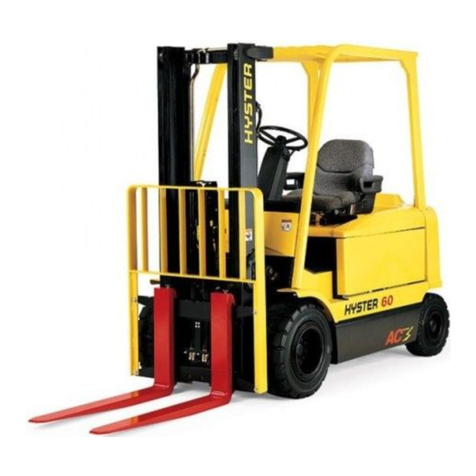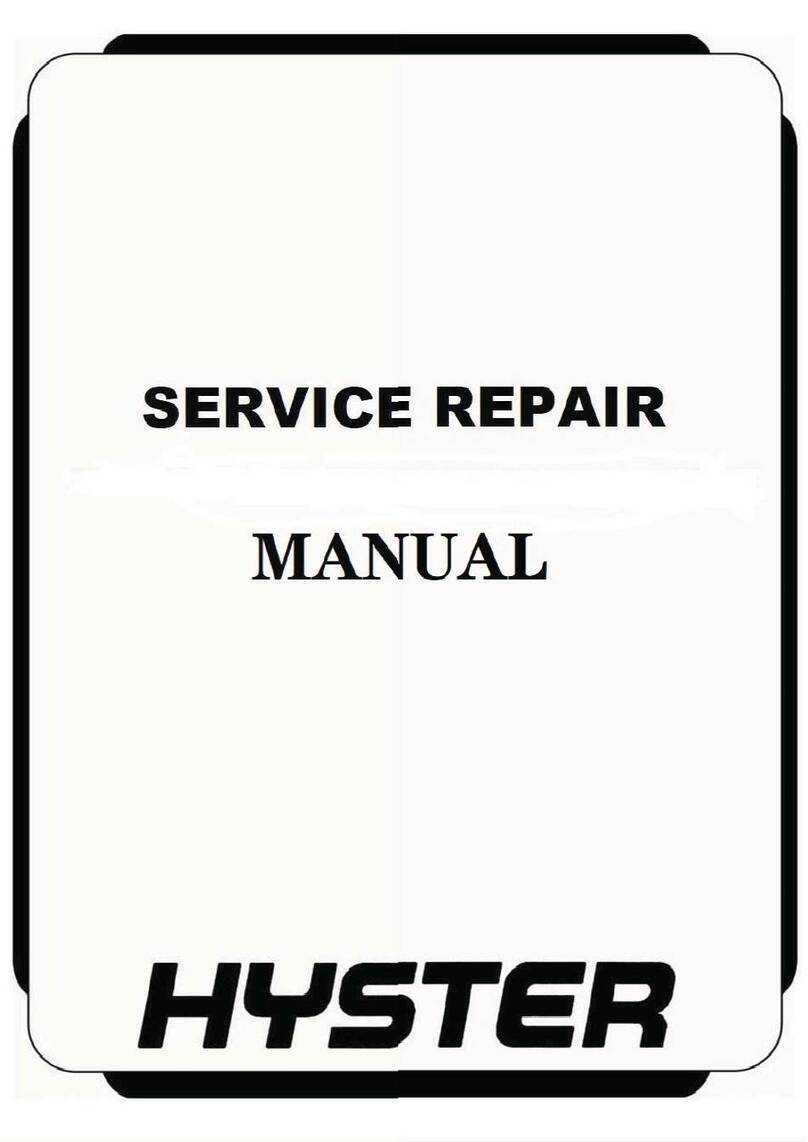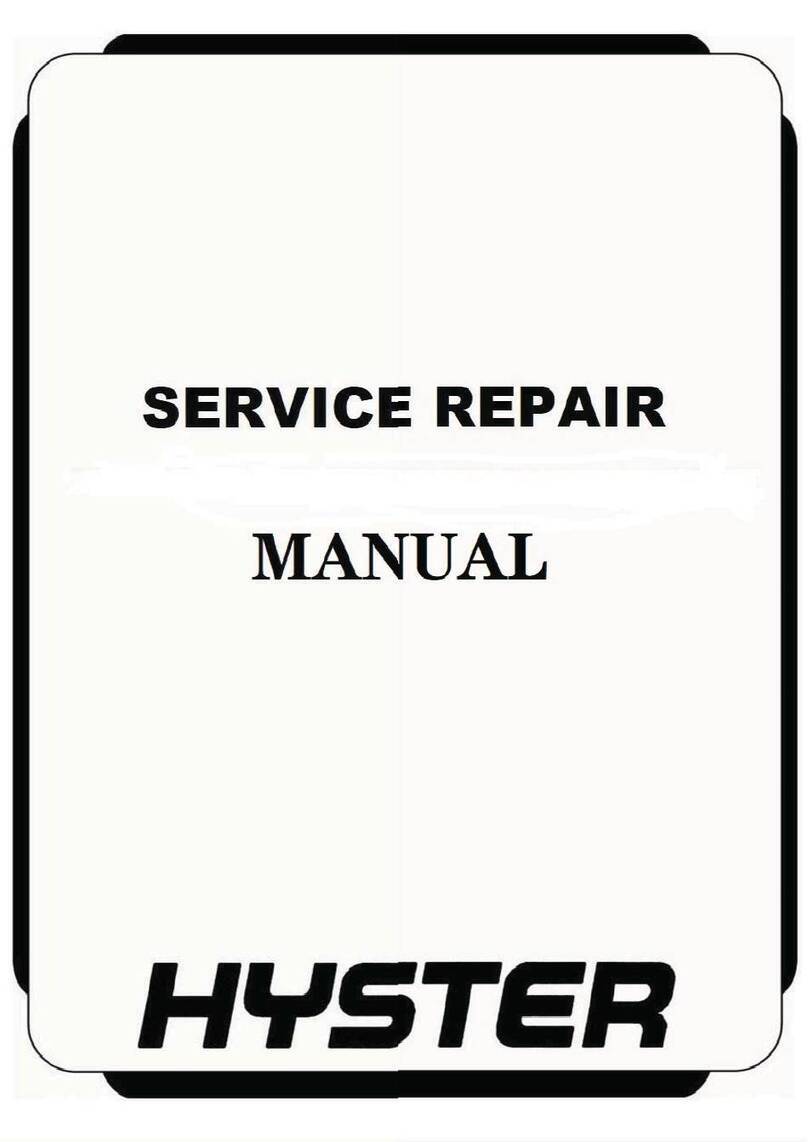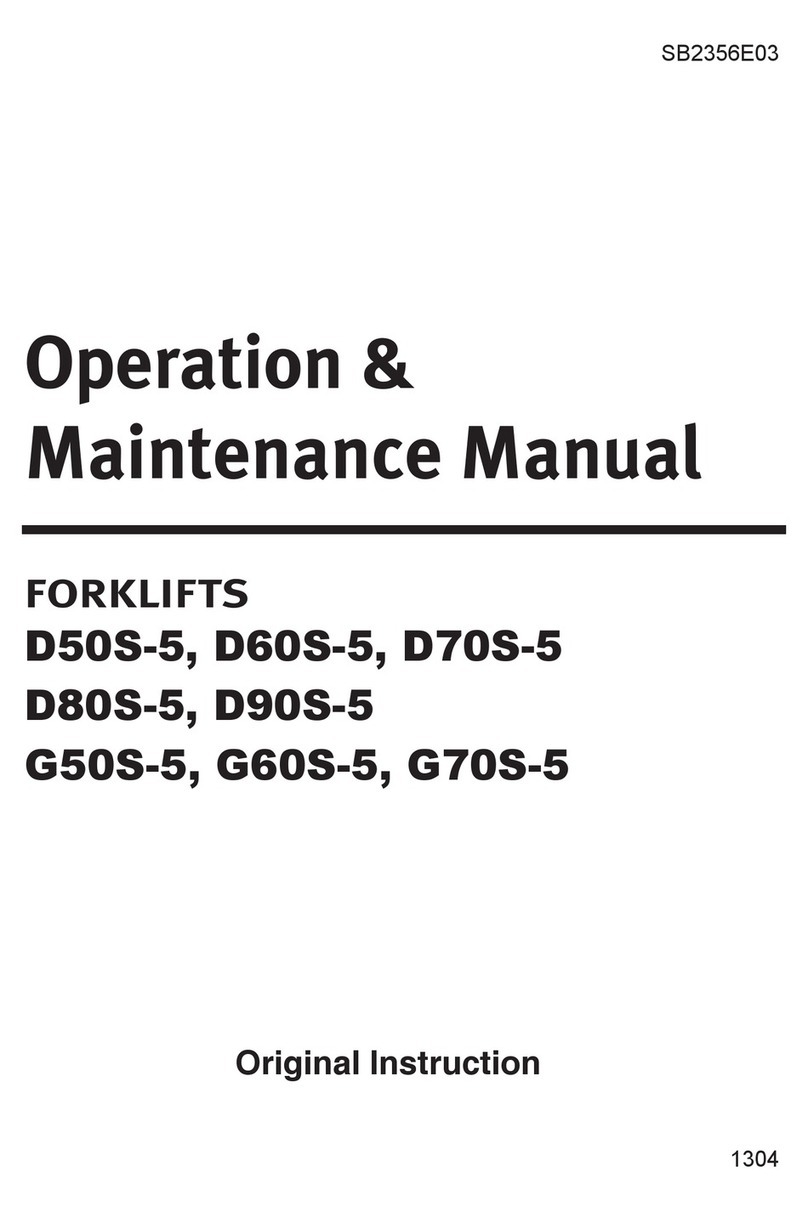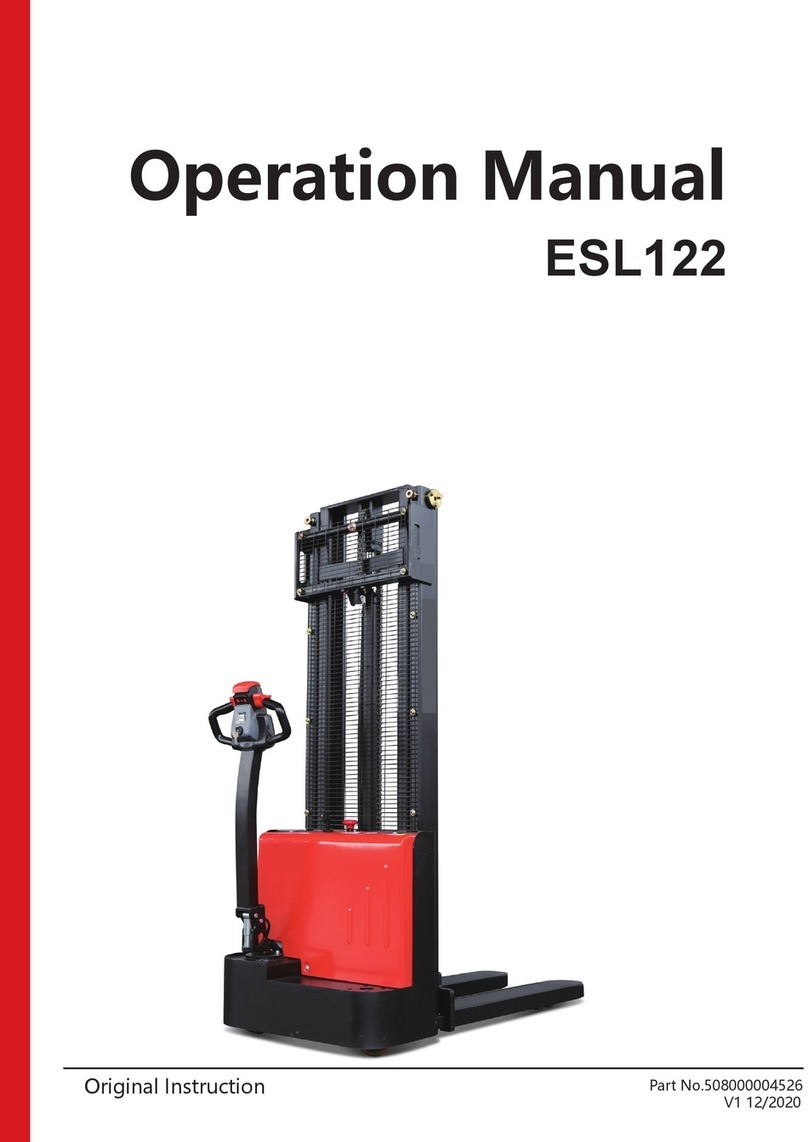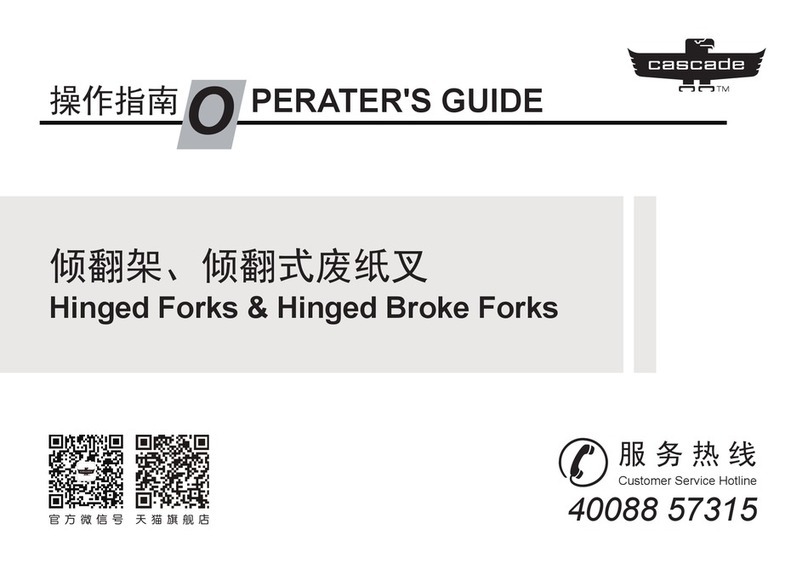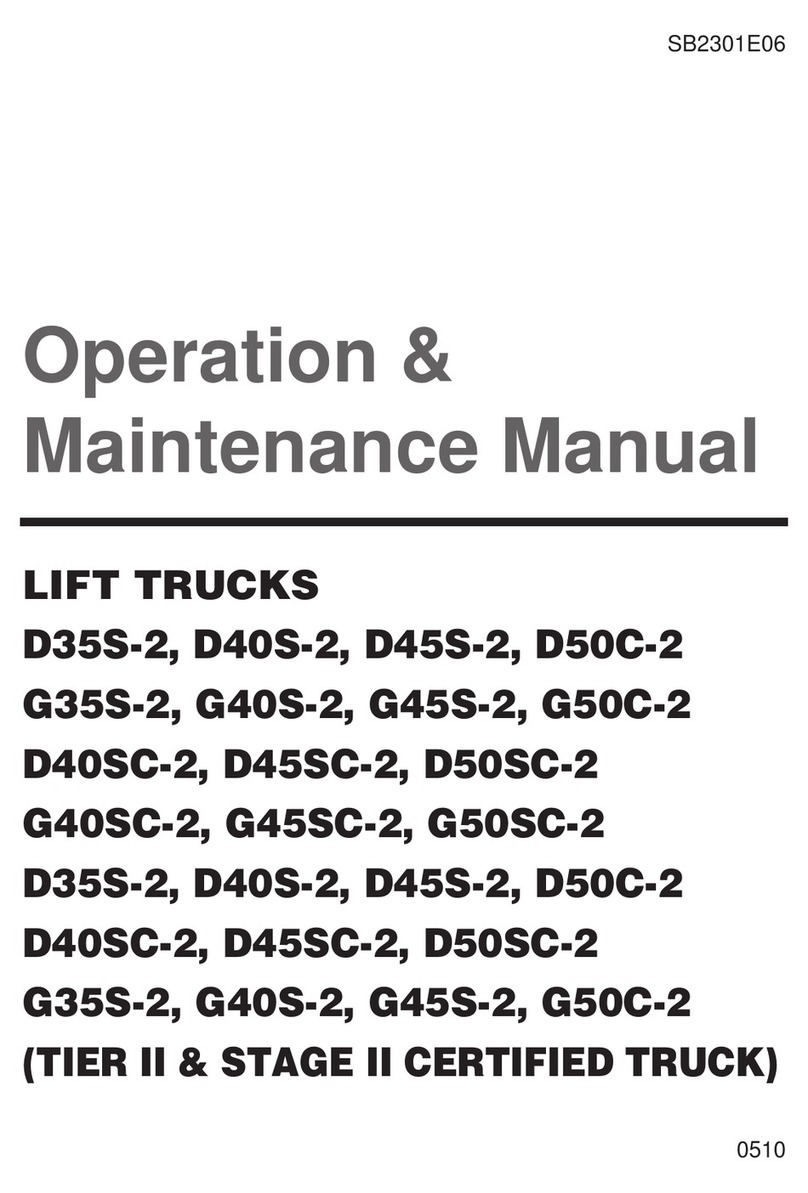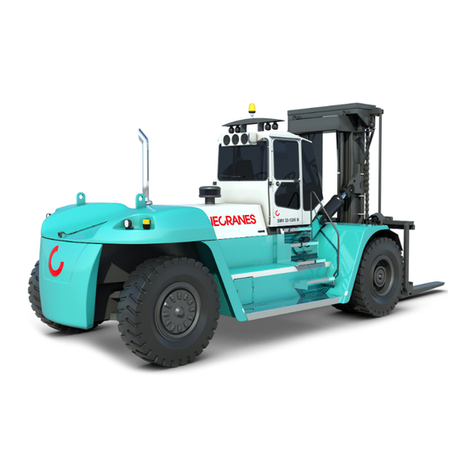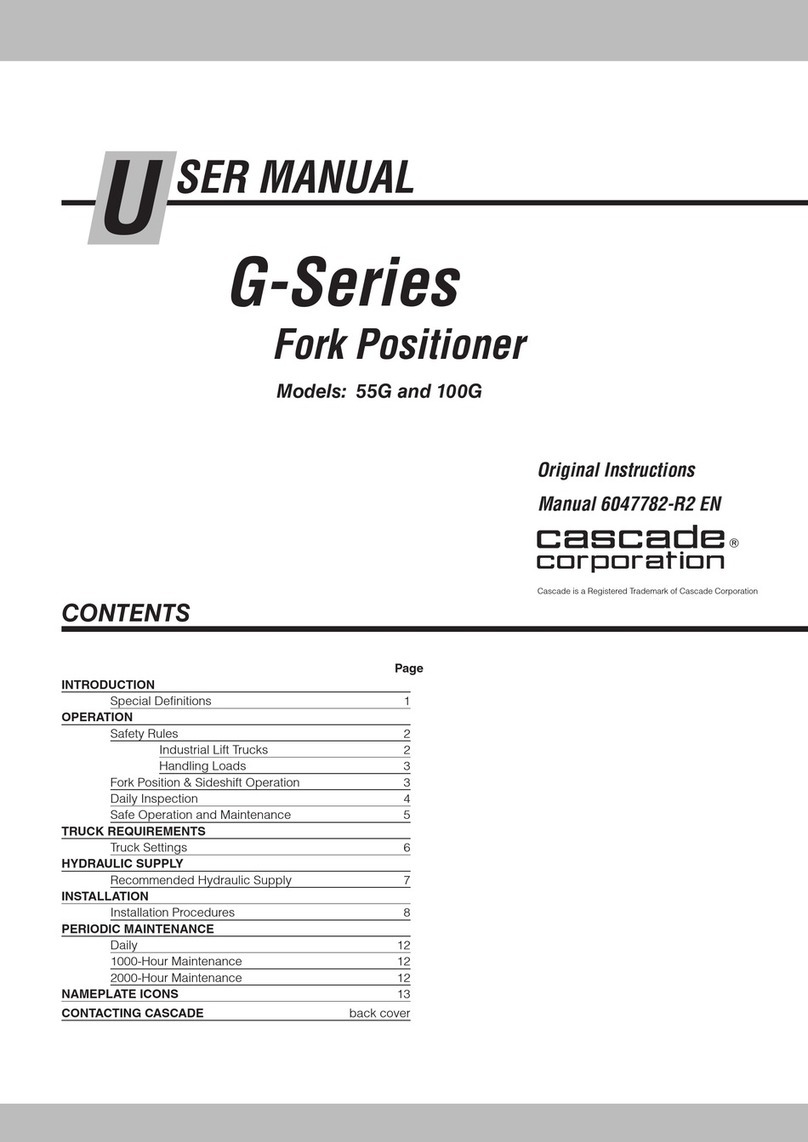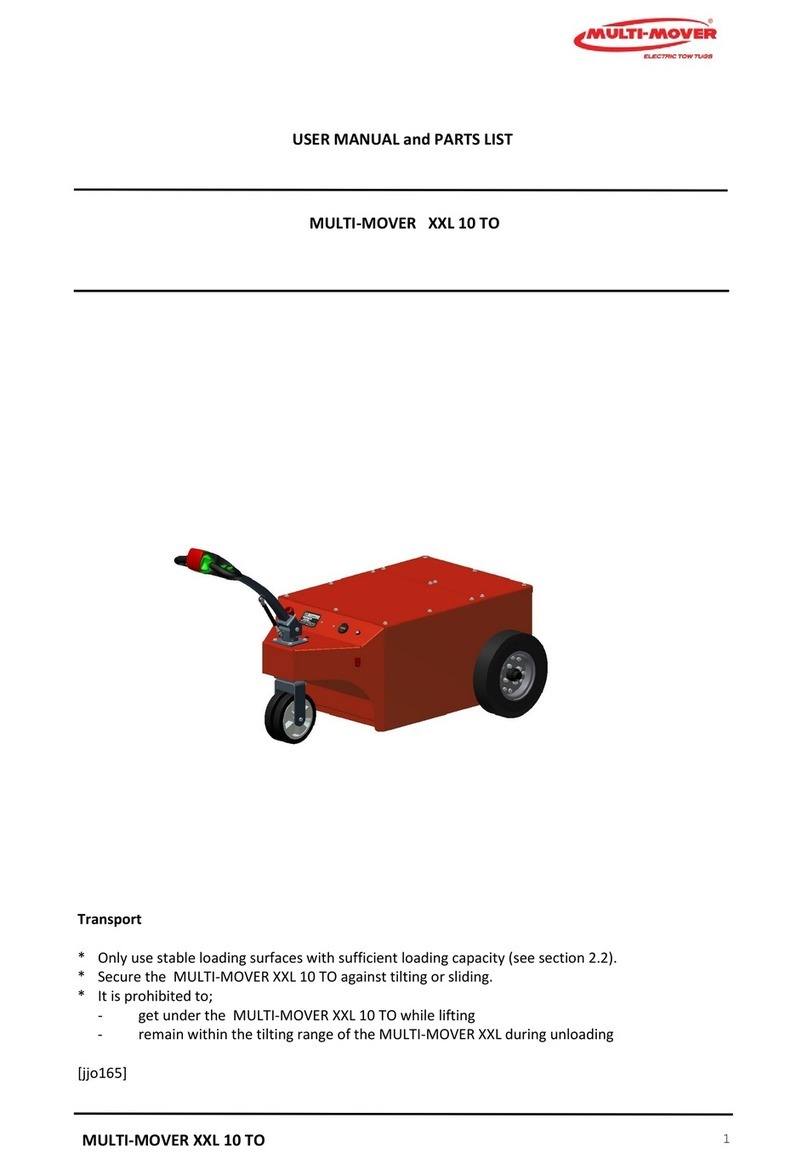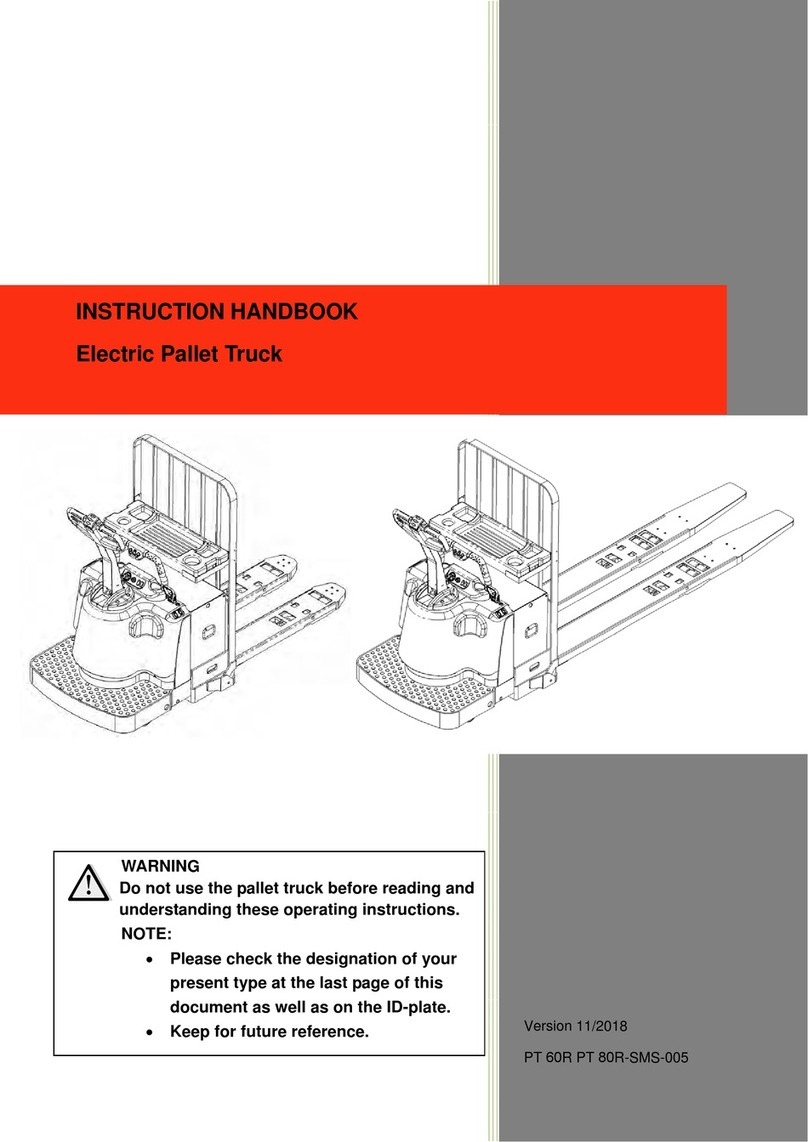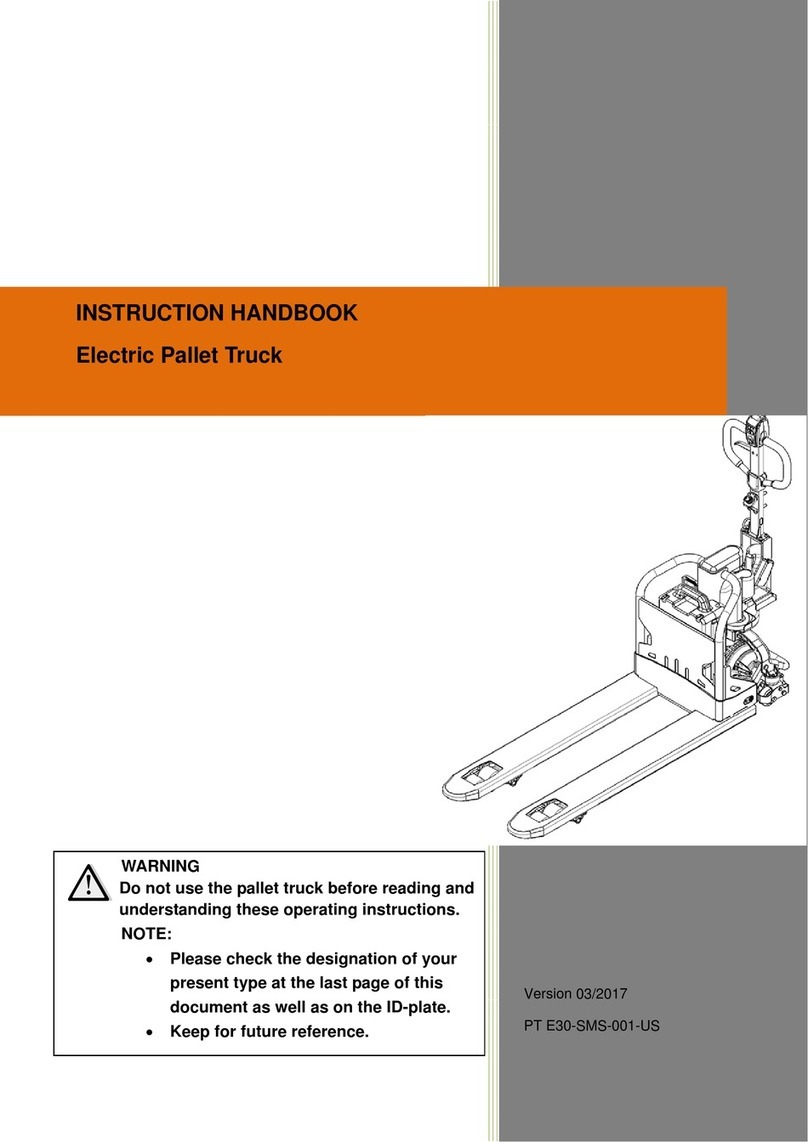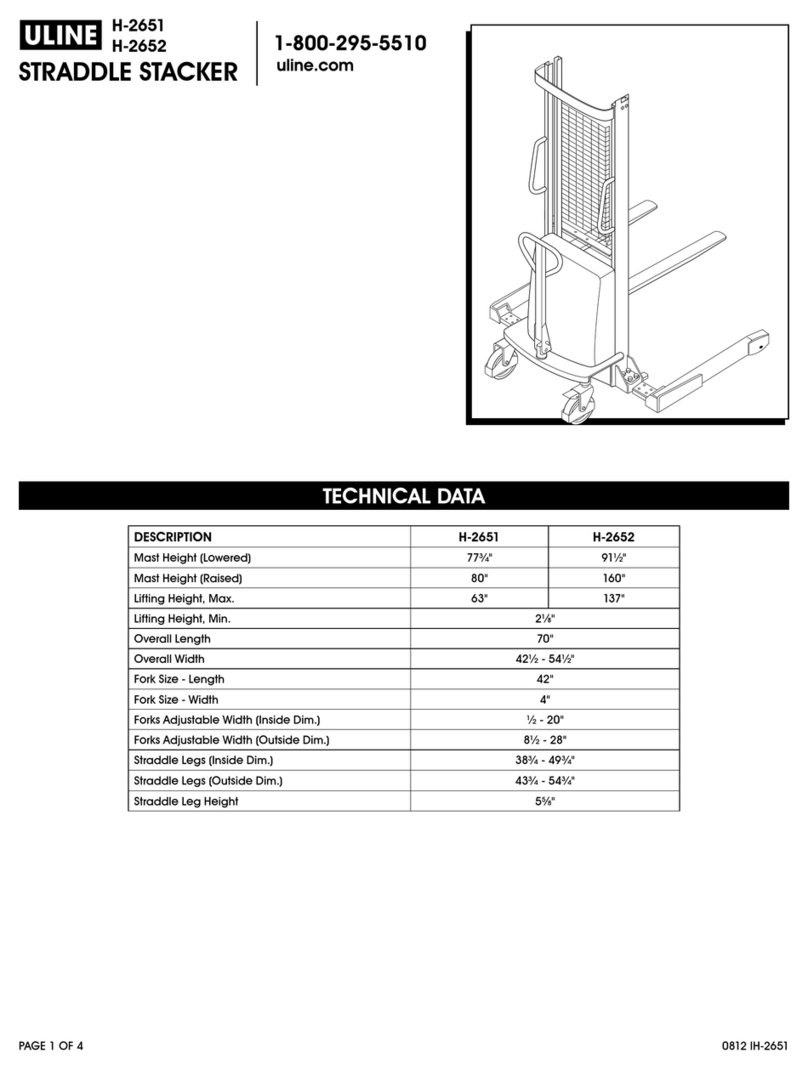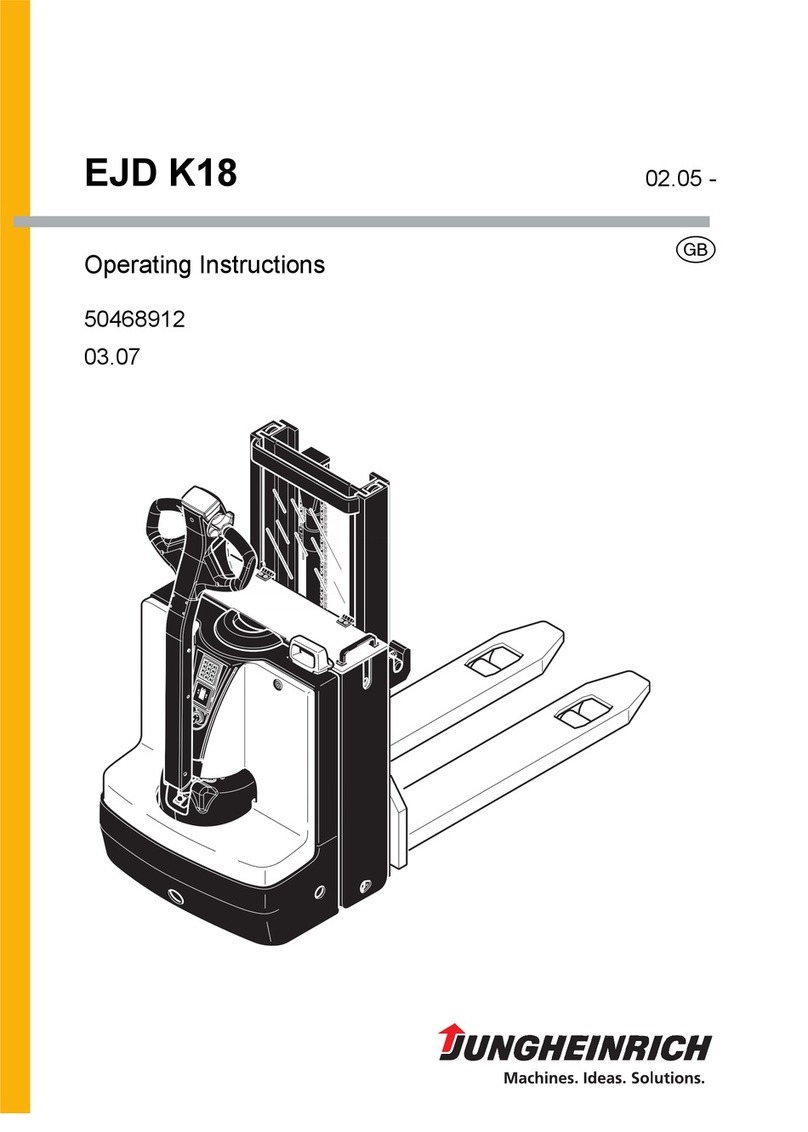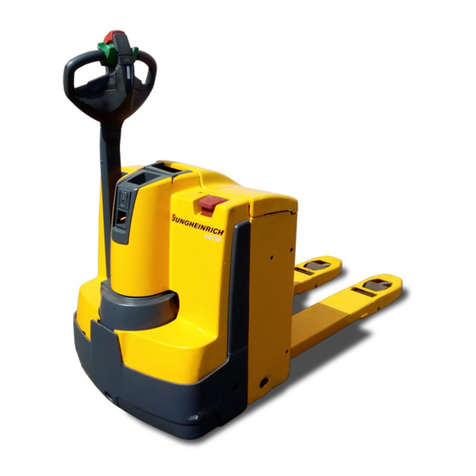
4000 SRM 1148 Safety Procedures When Working Near Mast
General
WARNING
Before working on or near the mast, see Safety
Procedures When Working Near Mast in this
section.
This section has the repair procedures for the
Two-Stage, Limited Free-Lift (LFL); Two-Stage, Full
Free-Lift (FFL); Three-Stage, Full Free-Lift (FFL);
and Four-Stage, Full Free-Lift (FFL) masts and
carriages. Procedures for Carriage Adjustments are
locatedattheendofthissection.
NOTE: For models J1.60-2.00XMT (J30-40ZT)
[J160], this section applies to only to Four-Stage
masts. Refer toMast Repairs,2 and 3-Stage
Masts 4000 SRM 522 for Two-Stage and Three-Stage
masts for theseparticularmodels.
NOTE: Hoses haveaservicelifethatisdetermined
by application and time. Install a new hose if the
hose is worn, damaged, soft or hard, and no longer
flexible. If necessary, make a comparison to a new
hose that is the correct replacement for the hose you
are inspecting.
Safety Procedures When Working Near Mast
The following procedures MUST be used when in-
specting or working near the mast. Additional pre-
cautions and procedures can be required when re-
pairing or removing the mast.
WARNING
Mast parts are heavy and can shift. Distances
between parts are small. Serious injury or
death can result if part of the body is hit by
parts of the mast or the carriage.
• Never put any part of the body into or under
the mast or carriage unless all parts are com-
pletely lowered or a safety chain is installed.
Also make sure that the power is OFF and the
key is removed. Put a DO NOT OPERATE tag
in the operator’s compartment. Disconnect
the battery and put a tag or lock on the bat-
tery connector.
• Be careful of the forks. When the mast is
raised, the forks can be at a height to cause
an injury.
• DO NOT climb on the mast or lift truck at any
time. Usealadderorpersonnellifttowork
on the mast.
• Mast repairs require disassembly and re-
moval of parts and can require removal of
the mast or carriage. Follow the repair pro-
cedures in this section.
WHEN WORKING NEAR THE MAST ALWAYS:
• Lower the mast and carriage completely:
Turn the key switch to the ON position and
push the lift/lower control lever forward un-
til there is no movement in the mast. Make
sure that all parts of the mast that move are
fully lowered.
OR
•Ifpartso
f the mast must be in a raised po-
sition, install a safety chain to restrain the
moving parts of the mast. Connect moving
parts to a part that does not move. Follow
these procedures:
1. Putmasti
n vertical position.
2. Raise mast to align bottom crossmember of mast
upright that moves in outer mast with crossmem-
ber on outer mast. On the two-stage mast, the
moving part is the inner mast. On the three-
stage mast, it is the intermediate mast. On the
four-stagemast,itisthefirstintermediatemast.
See Figure 1.
3. Use a 3/8-inch minimum safety chain with a hook
to fasten the crossmembers together so the mov-
able member cannot lower. Put hook on back side
of mast. Make sure hook is completely engaged
with a link in the chain. Make sure safety chain
does not touch lift chains or chain sheaves, tubes,
hoses, fittings, or other parts on the mast.
4. Lower mast until there is tension in safety chain
and free-lift cylinder (full free-lift models) is com-
pletely retracted.
1
